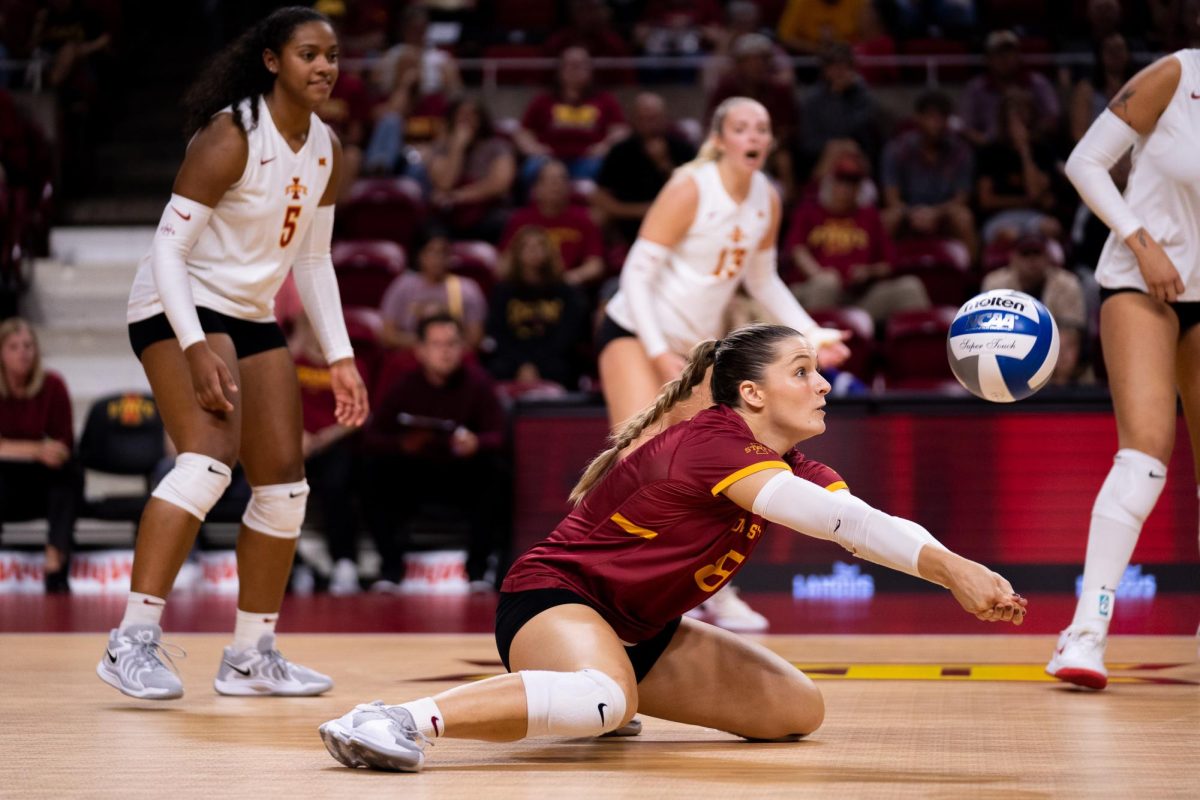NEA not OK
March 20, 2000
To the editor:
In response to Erik Hoversten’s column “Support the NEA, it’s a good thing,” I would like to say that as an artist, he has given me no good reason to support the NEA or why it is a good thing.
Aside from the fact that his column focused on bashing the Republican party with “they’re taking money away from our programs” rhetoric, he fails to point out why my tax dollars should support the NEA.ÿ
Mr. Hoversten reports it only costs each one of us 36 cents a year to fund the NEA, but when you put that together with the nickels and dimes that go to other government programs, such as public broadcasting, it adds up to a huge chunk of my annual gross income (10 percent last year).ÿIt’s my money, I earned it, and as a freedom-loving American, I would like to decide how it is spent.
Like many supporters of the NEA, he claims that without a federal program, new art movements would not, or could not occur, or ones that are not “commercially viable at this time” would suffer.ÿ
Our parents’ and grandparents’ generations fought, worked and suffered to protect our freedom. Part of our freedom depends on economic freedom. If I can not determine for myself where, when, and how my money is spent, then I am not free.ÿ
Free market economics is at the root of what makes up a free society.ÿIfÿa work of art cannot stand on its own to attract interest and money from the buying public, then why should it receive artistic welfare to support it?ÿIf there is not enough public interest in it, is it really that good to begin with?ÿ
It may be that it’s ahead of its time, but if it’s good, the public will eventually take notice of it.
As long as the government is in the business of financing art, no matter how minor that involvement might be, there will be debate on how that money is spent.ÿ
How should the government decide what is and is not appropriate art to fund?ÿI could go to the park, make a circle of stones, take a dump in it and call it art, but why should tax dollars go to support it?
Art movements came and went for a long time with and without government involvement.ÿUsually government support of the arts was for the self-serving purpose of their own propaganda, such as the Constructivists in eastern bloc countries. They were meant to rally the proletariat, but the art was so abstract and modern that the commonfolk oftentimes just plain didn’t get it.ÿ
You referred to the Nazis as closing down the modern art schools, which they did, and replaced them with more classical art schools.ÿ The Nazis were big patrons of the arts and had a lot of monuments and statues made.ÿ
Hitler wentÿto art school himself when he was young. Our own government got into the art business through the WPA, which was a CIA front organization created to export our own brand of propaganda to Europe and other places in the world we thought might go commie.
And which government program supported the impressionists and post-impressionists?ÿ
In France, the annual Salon could often make or break an artist, but Manet’s “Luncheon on the Grass,” now considered a masterpiece of his work, was rejected and shown across the street at the Salon des Refuses (that’s Salon of Rejects to you and me).ÿ That painting succeeded in spite of government support.
IfÿMr. Hoversten or anybody else is really interested in supporting the arts, why not go visit a gallery and buy something?ÿIs it just easier to let Uncle Sam take care of it?ÿHow much of my 36 cents a year is spent on funding the bureaucracy, and how much goes to actually supporting the arts?ÿ
What is wrong with allowing the market to decide what is accepted and worth spending money on?ÿAt the very least, why not leave it to your local and state governments to spend your tax dollars on art?ÿ
At least there would be more variety and competition nationally between what art is being funded, as well as more local control over how money is being spent.
Scott Wilson
Senior
Fine arts






